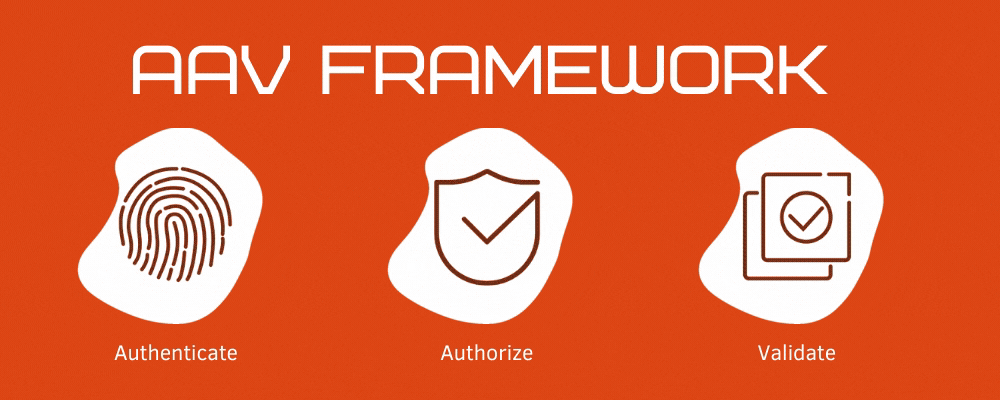Bring Your Own License

It would not be an understatement to say that cloud computing has revolutionized and democratized the technology industry. It has enabled companies to vastly expand their field of operations with almost no upfront cost. Companies comprised of just a few individuals can now easily operate on a truly global scale like never before.
The cloud revolution has until now been driven by two key features; storage and collaboration. It has made managing complex backups a thing of the past and has saved countless hours by giving companies and their employees the ability to work together on the same project, at the same time.
The next stage of the cloud revolution is how it will use the internet to utilize the power of license mobility, a topic we explored in a recent article, to enable you to ‘Bring Your Own License’.
Licensing is a complex and often frustrating challenge for companies. Managing your licenses, ensuring their validity and availability to employees as and where they are needed can be a real problem. Whilst a great deal of software distributors and vendors now offer subscription-based licensing models, many companies already have sufficient licenses to cover their requirements and do not need to take on the expense of purchasing a new one.
This is where the concept of ‘Bring Your Own License’ (BYOL) comes to save the day. The essence of the ‘Bring Your Own License’ model is that it enables companies to leverage the power of cloud computing in order to use their existing licenses to deploy and track their license use across the entire company.
Our article on license mobility talked about the reasons why companies may need to reassign licenses regularly across devices and this also applies to BYOL. Let us look at the example of a company that uses freelance engineers to complete specific projects over a period of between three and six months. Every engineer is issued with a tablet device to help them complete the project. Different projects and sites call for different software and these needs are changing all of the time.
In this situation, the company would be able to use their existing license(s) managed through a cloud-based platform to ensure that all of the devices were properly licensed at all times. A BYOL cloud platform would also have the capacity for detailed reporting on usage on the validity of all the licenses that were being managed through it. A useful comparison would be to mobile device management (MDM) and managed application deployment. Granting and revoking application licenses according to the needs of the individual user at that time.
We should note that the BYOL model is mostly available from larger vendors (i.e. Microsoft) but given the scale and the scope of the licenses available from these type of vendors it makes sense that it is the most useful when utilizing their software. It is also important to remember that the ability to make use of BYOL platform is limited by the terms of the vendor. You will also ultimately be limited by the license type you have chosen and you should not rule out the possibility that over time you may have to increase your spend on licensing, but hopefully this will come as the result of the success of your company!
The key features of BYOL:
-
Greater flexibility enabled by true license mobility
-
Reduction or removal of upfront cost when upscaling use of software
-
Increased freedom of use within the license terms
-
In-depth tracking and reporting of license validity and usage
We hope that this article has gone someway to helping you understand the exciting trend of being able to ‘Bring Your Own License’.
Image Credits: © Alejandro Escamilla - unsplash.com




